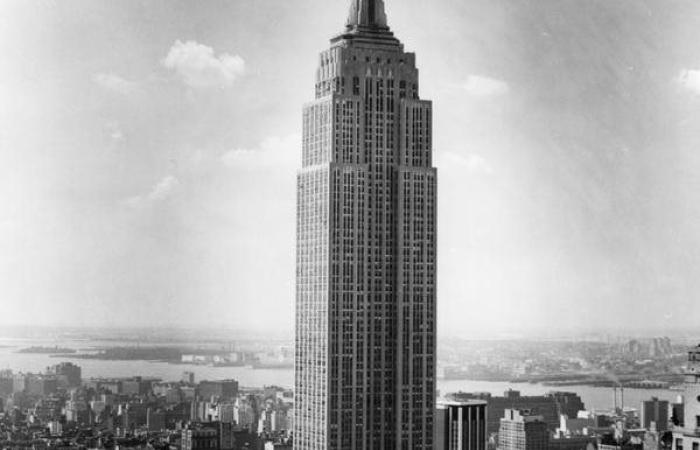
The Economics of the Empire State Building
The tallest building of its day opened as the Great Depression really began to squeeze the American economy. Was the Empire State Building a gigantic folly perpetrated by men with sky-scraping egos? Folks in the 1930s thought so, calling the monument the “Empty State Building,” because so little of its space had been rented. Yet, when viewed from the vantage of the twenty-first century through the lens of archival documents, the Empire State Building resolves into an economically and culturally successful investment made by people with enormous fortunes motivated both by egotism and broad vision.
Economist Jason Barr, professor at Rutgers University - Newark, dug into the records of John J. Raskob and Pierre Samuel du Pont records held by the Hagley Library to uncover an insider’s story of the Empire State Building. Conceived by Raskob, and backed by du Pont, the project launched in 1929, weeks before the stock market crash, and opened for business in 1931, after a record-setting rapid construction. While the building did sit mostly empty until the 1940s, it nevertheless generated a return, especially through charging admission to the observation deck. This invitation for the public to experience the building characterized the Empire State Building legacy, which has grown to influence city builders the world over.
The audio only version of this program is available on our podcast.
